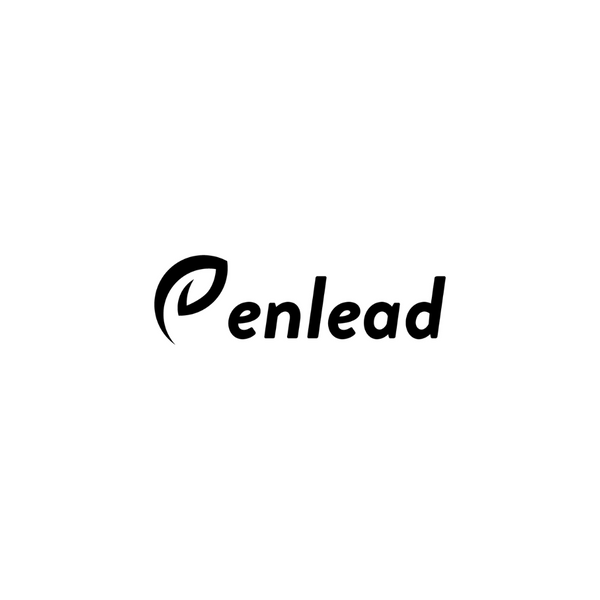When considering a solar power system for your home or business, one of the key decisions you'll face is choosing between Enphase microinverters and string inverters. Both options serve to convert the DC electricity generated by solar panels into usable AC power, but they operate in fundamentally different ways. Understanding the differences, advantages, and drawbacks of each can help you make an informed decision that maximizes efficiency, lowers costs, and meets your energy needs. In this FAQ, we’ll explore the most frequently asked questions about Enphase microinverters and string inverters, addressing everything from performance and efficiency to cost and reliability. Whether you're a first-time solar buyer or looking to upgrade your existing system, this guide will help clarify the key factors to consider.
FAQs regarding the comparison between Enphase Solar Microinverters and String Inverters
---
1. What is the difference between Enphase microinverters and string inverters?
Enphase microinverters are individual inverters attached to each solar panel, while string inverters are centralized units that connect multiple solar panels together in a series. Microinverters allow each panel to operate independently, whereas string inverters treat the panels as a single unit, affecting the system’s overall performance if one panel is shaded or underperforming.
2. Are Enphase microinverters more efficient than string inverters?
Yes, Enphase microinverters are generally more efficient than string inverters, especially in systems with shading or panels facing different directions. Since each panel operates independently with a microinverter, performance losses due to shading or dirt are minimized, unlike string inverters, where the entire system can be affected by one poorly performing panel.
3. What are the advantages of Enphase microinverters over string inverters?
- Improved Energy Harvesting: Microinverters optimize each panel’s performance, even with shading or panel misalignment.
- Scalability: Easier to expand the system as each panel operates independently.
- Enhanced Monitoring: Enphase systems allow detailed monitoring of individual panel performance.
- Safety: Microinverters operate at lower voltages, improving overall system safety.
4. Is Enphase microinverter more expensive than string inverters?
Enphase microinverters are typically more expensive upfront due to the cost of individual inverters for each panel. However, the higher efficiency and enhanced monitoring features may result in long-term savings by maximizing energy production and reducing maintenance costs.
5. Can I use Enphase microinverters with any type of solar panel?
Yes, Enphase microinverters are compatible with most solar panels, but it’s recommended to check compatibility with specific panel models for optimal performance. Enphase has a range of microinverters designed for different power ratings, so it's important to match them with the panel's wattage.
6. How do string inverters work in a solar system?
String inverters are centralized inverters that convert DC power generated by a string of solar panels into AC power for household use. They are typically more affordable than microinverters but can be less efficient in systems with shading or panel mismatches, as the performance of the entire string is limited by the weakest panel.
7. Which is better for large solar installations: Enphase microinverters or string inverters?
For large installations, string inverters are often preferred due to their lower cost and simplicity, particularly in systems with minimal shading. However, Enphase microinverters can be a better option for large residential or commercial systems where shading or panel orientation might reduce efficiency, as they offer better optimization and monitoring at the panel level.
8. Are Enphase microinverters more reliable than string inverters?
Enphase microinverters are highly reliable, with a long lifespan (typically around 25 years) and less risk of system-wide failure. If one microinverter fails, only the affected panel is impacted, while the rest of the system continues to operate. String inverters are also reliable, but if the string inverter fails, the entire system may shut down until repaired.
9. How do Enphase microinverters improve system monitoring?
Enphase microinverters allow real-time monitoring of each solar panel’s performance through the Enphase Enlighten app. This detailed data helps identify underperforming panels, enabling faster maintenance and better overall system management. String inverters typically offer monitoring at the string level, which is less detailed.
10. Can Enphase microinverters work in extreme weather conditions?
Yes, Enphase microinverters are designed to perform well in various environmental conditions, including extreme heat and cold. They are built to withstand harsh weather, such as snow, rain, and high winds, with durable, weatherproof enclosures.
11. What happens if a microinverter fails compared to a string inverter failure?
If an Enphase microinverter fails, only the performance of the individual panel connected to that microinverter is affected. The rest of the system continues operating normally. In contrast, if a string inverter fails, the entire system may shut down until it is repaired, potentially causing more significant downtime.
12. Can I install Enphase microinverters myself, or do I need a professional?
While the installation of Enphase microinverters can be done by skilled DIYers with the right tools, it is generally recommended to hire a professional solar installer. Proper installation ensures optimal performance, safety, and warranty coverage.
13. Are Enphase microinverters compatible with energy storage systems?
Yes, Enphase microinverters are compatible with solar energy storage systems. The company’s Enphase IQ5P storage solution integrates seamlessly with its microinverters, allowing for efficient energy storage and management of excess solar energy.
14. What is the lifespan of an Enphase microinverter versus a string inverter?
Enphase microinverters typically last 25 years or more, which aligns with the typical lifespan of solar panels. String inverters usually last around 10 to 15 years, with some models requiring replacements or repairs during their lifespan.
15. Which is better for a residential solar system: Enphase microinverters or string inverters?
For residential solar systems, Enphase microinverters are often the better choice if your roof experiences partial shading, if the panels are not facing the same direction, or if you want to monitor individual panel performance. However, for homeowners with unshaded, south-facing roofs, string inverters can be a more cost-effective option.
